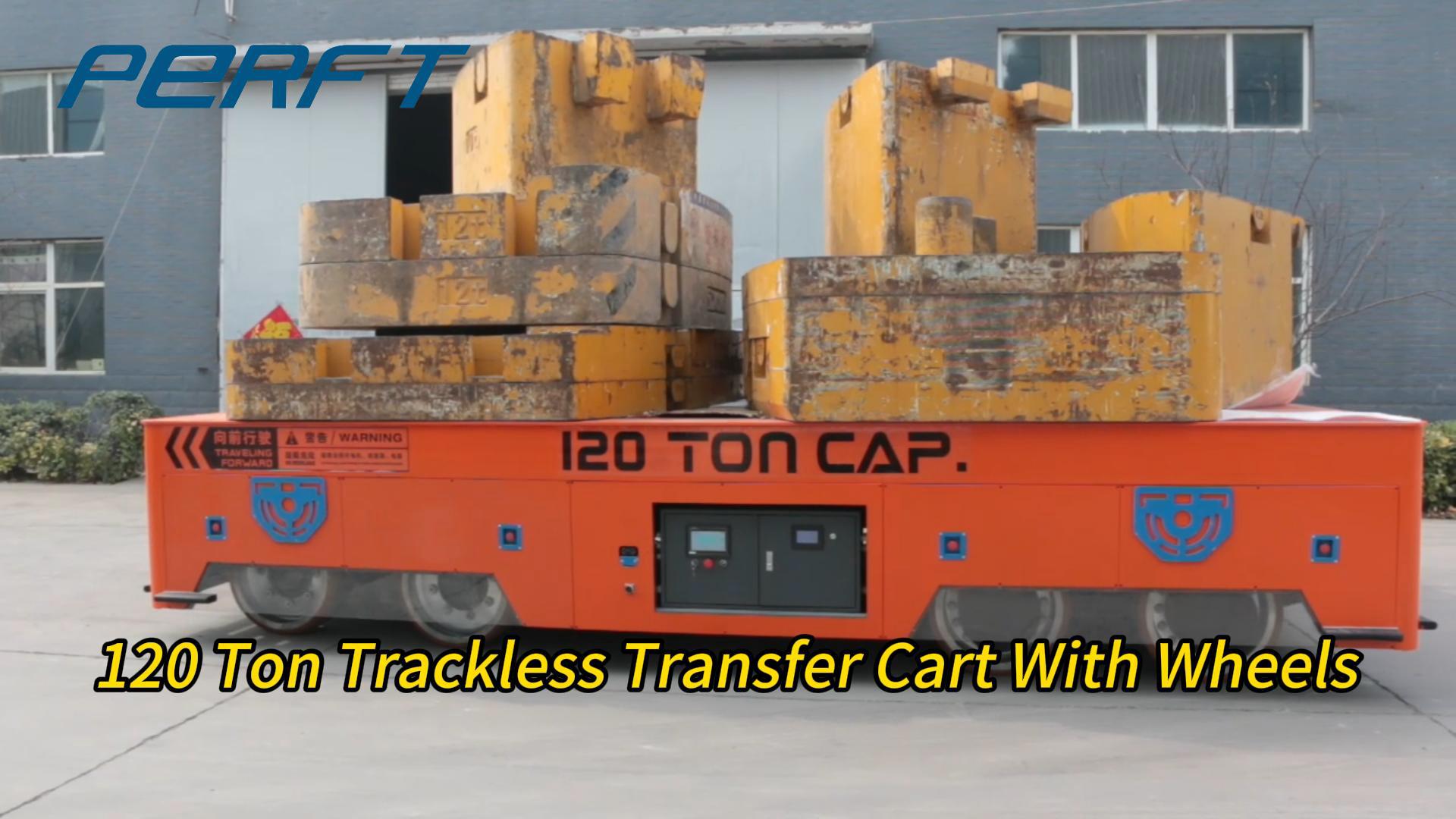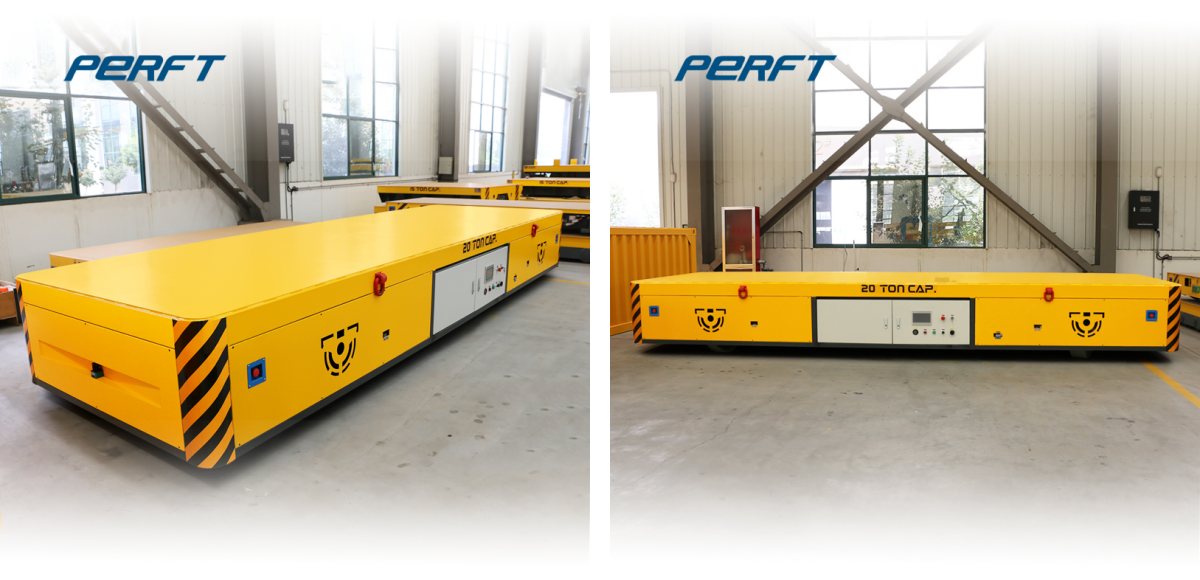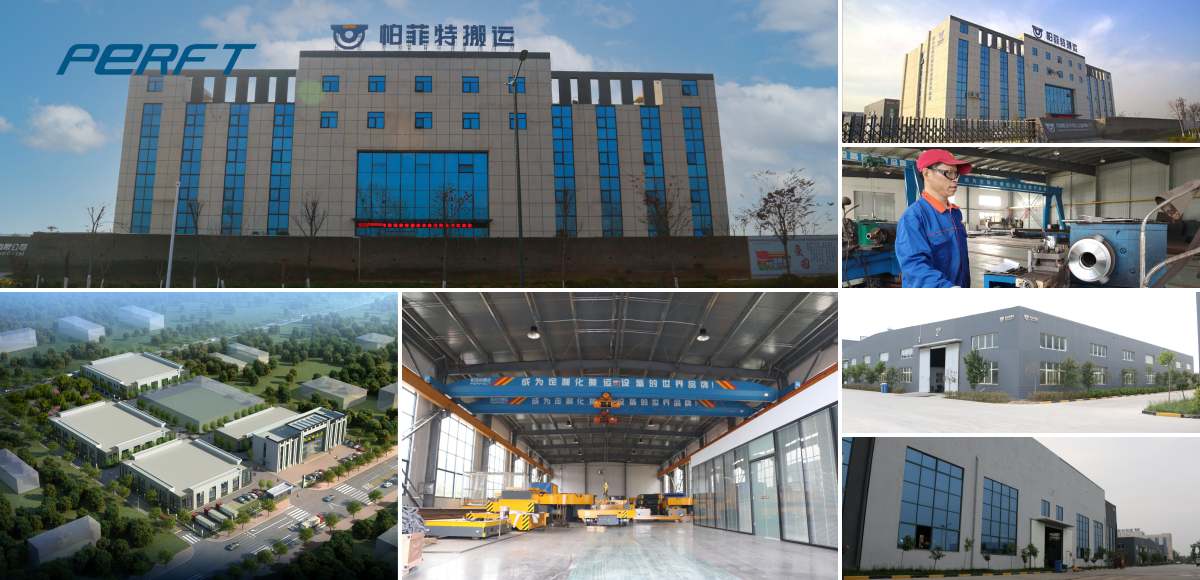In the modern industrial logistics system, omnidirectional transporter has become the core equipment for intelligent manufacturing, warehousing and logistics, heavy equipment handling and other scenarios by its 360-degree free steering, high-precision positioning and high-efficiency loading capacity. By integrating advanced drive systems and control systems, this type of equipment achieves flexibility and precision that is difficult to achieve with traditional handling equipment. However, to ensure that omnidirectional transporter performs the best in practical applications, it is necessary to have a deep understanding of key technical elements such as battery selection, load design, steering performance and fault maintenance.
Technical advantage: with a mature production process, the cost of a single battery is only 1/3 ~ 1/2 of lithium batteries, supporting deep discharge times of about 300-500 times, suitable for short distances, low-frequency handling scenarios. The electrolyte dilutes sulfuric acid, which is safe and does not require special charge management equipment.
Performance limitations: energy density is only 40-60Wh/kg, weight is 2-3 times of Li-ion battery under the same capacity, which leads to the increase of transfer cart’s deadweight; charging time is as long as 8-10 hours, and it needs to be regularly supplemented with distilled water for maintenance, and the capacity declines faster after long-term use (average annual decline of about 20%).
Technical advantages: energy density of 150-250Wh/kg, 40% volume reduction and 60% weight reduction under the same capacity, significantly increasing the effective load capacity of omnidirectional transporter; support for fast-charging technology (charging to 80% capacity in 1 hour), together with the BMS battery management system, it can accurately monitor the state of the battery, with a cycle life of more than 2,000 times, and an average annual attenuation of less than 5%.
Application challenges: high cost of single unit (about 1500-2000 RMB/kWh), need to configure special charger and battery management system, have higher requirements on the use of ambient temperature (0-40℃), and over-charging and over-discharging may lead to safety risks.

Three-step method for determining load capacity

Troubleshooting of the drive system
Step 1: Check whether the emergency stop switch is reset and whether the key switch voltage reaches 24v (lithium battery system)/48v (lead-acid battery system).
Step 2: Test the input and output signals of the controller, and use an oscilloscope to check whether the PWM drive signal is normal.
Step 3: Dismantle the motor to check the carbon brush wear (DC motor) or bearing clearance (AC motor); wear > 2mm needs to be replaced.
Gearbox noise: mostly due to insufficient lubricant or gear wear, it is recommended to replace the gear oil every 500 hours (recommended SAE 80w-90).
Bearing noise: detect bearing radial runout (>0.1mm, needs to be replaced), high temperature grease should be applied during installation (e.g. KLUBER ISOFLEX NBU 15).

Industry Application Case Reference
Automobile manufacturing industry: a host factory selected 5-tonne rudder-wheeled omnidirectional transporters equipped with lithium iron phosphate batteries (range of 12 hours), to achieve flexible handling of the engine assembly line, compared with the traditional AGV, efficiency increased by 30%, and the demand for aisle width reduced by 40%.
Aerospace: In the aircraft parts assembly workshop, a 10-ton explosion-proof omnidirectional transporter is used, which achieves a positioning accuracy of ±2mm through the laser navigation system to meet the non-destructive handling of aerospace aluminium alloy parts.
The selection and application of omnidirectional transporters is essentially a systematic optimisation process of power performance, load capacity, handling precision and maintenance cost. Enterprises need to combine their own operating scenarios to find the best balance between the economy of lead-acid batteries and the high efficiency of lithium batteries, and between the practicality of differential steering and the flexibility of rudder wheel steering.
As a specialised manufacturer of industrial handling equipment, we are committed to turning cutting-edge technology into real productivity. For more information about the customised solutions of electric transfer cart, or to obtain detailed technical parameters and case studies, please visit our official website or contact us. We will provide you with a full range of technical support and a service guarantee.
